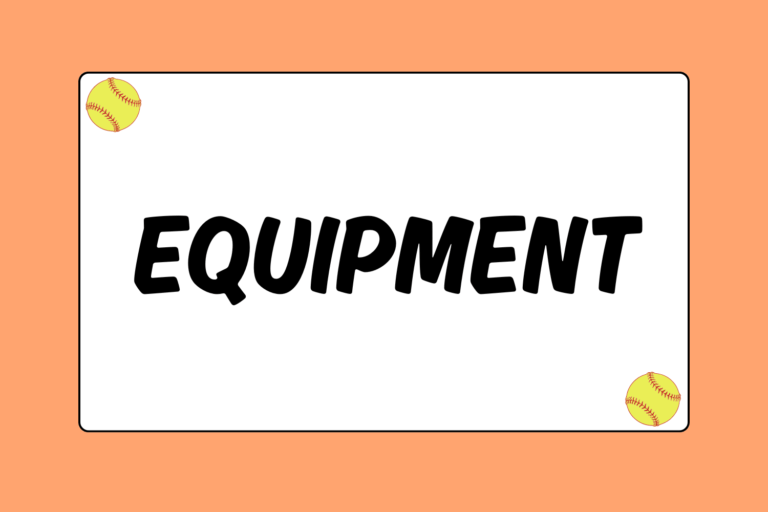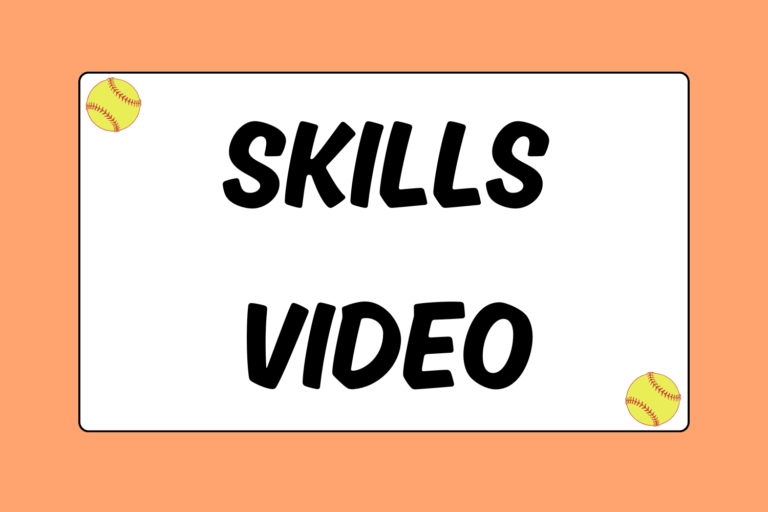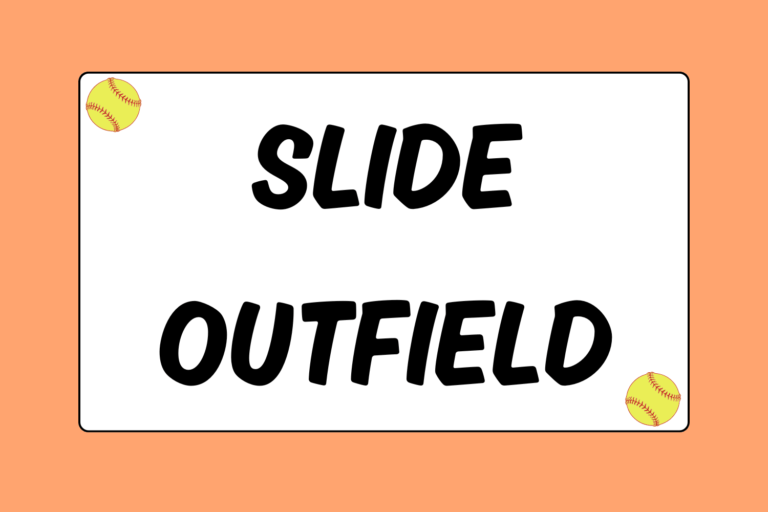The idea of stepping into a box and having to hit a moving ball with a round bat can be daunting, especially since you have to hit the ball square in the middle. Batters need good reflexes, timing, vision, and strength. And they have one last thing in common — the basic mechanics of the swing.
In order to be an effective hitter, three components have to be in sync at all times: your lower body, upper body, and the mechanics of your swing. This guide will help the beginning softball player explore the fundamental elements of hitting.
The Upper Body
Your upper body controls your movement in the batter’s box. When you step into the box, your shoulders will be squared towards the plate. Your head should be aligned with your belly button and both eyes should be on the pitcher.
Holding the Bat
The next thing to do is make sure that you’re holding your bat correctly. Depending on comfort, batters generally hold the bat up to 2 or 3 inches away from the knob of the bat. If your bat seems too heavy or too long, you can choke up an inch or two along the handle.
If you are right-handed, your right hand will be on top of your left hand; if you are left-handed, your hand placement will be the opposite. Follow these steps to ensure you bat is in the proper position to hit:
- Look at your knuckles. The knuckles you would use to knock on a door should be aligned on the bat. This ensures the strongest position for your wrists to roll over at the end of your swing.
- With your knuckles lined up, gently place the bat on your back shoulder so that its barrel is parallel to the ground. Look at your arms in this position, they should form an “A” (avoid lifting your elbow above your shoulder).
- Lift your bat off your shoulder so that your hands are at a comfortable height between your shoulder and ear. You can keep the bat parallel to the ground, or if it’s more comfortable, angle the bat up to 45 degrees upwards behind your head.
The Lower Body
There are three actions that make up the motion of the lower body:
- Step (or toe tap)
- Heel plant
- Pivot
Once you step into the box, both of your feet and your hips should be squared to the plate. You should be in a good athletic position with your knees bent and your legs set slightly wider than shoulder-width.
Hot Tip: Balanced Position
If you don’t know how far apart your feet should be, an easy trick might help. Drop the bat and place both hands at the side of your body. Starting with your feet together, jump as high as you can and reach towards the sky.
When you land your legs will widen to give you balance, so pay attention to where your feet fall. This is often the most balanced stance for your body.
The Step (Toe Tap)
The toe tap is the first movement of your lower body. It is a small step that brings your front foot to a 45-degree angle towards the pitcher. During the toe tap, you should experience positive movement as your weight shifts forward to the inside of your front foot.
The Heel Plant
Your toe tap should land with your entire foot on the ground and your heel planted. You will never be solely on the heel of your foot, as that position provides no balance. Also, avoid locking your front leg; keep your knee bent until your hips begin to rotate.
The Pivot
As the heel of your front leg is planted on the ground, rotate your hips forward. Most of your hitting power comes from your hips, so turn them with purpose! As you rotate your hips, your back foot pivots. Think of squashing a bug beneath the ball of your foot — this is how you pivot.
Your front leg should now be locked; this creates resistance from the torque of your hips as your weight shifts back and down through your bent back leg.
The Swing
The swing itself incorporates the motions of the upper and lower body. The first motion is the load, the negative movement of hitting. As the pitch is coming in, your shoulders make a slight rotation backwards, like a coil. The load acts as a timing mechanism, and the process of the load shifts your weight backwards and down to the inside of your back foot.
The next movement is the toe tap, which intiaites hip rotation. As your hips rotate, your back foot pivtos and your front leg locks to create resistance. It is really important that your head stays aligned with your belly button while your hips are rotating. If your head floats forward, your body may lunge forward onto your front leg. If your head floats backwards, your back shoulder will surely drop. Neither of these motions is productive for your swing.
The next movement is your arms. As you throw your arms at the pitch, you want to imagine them going along the letters of your uniform. Lead with your elbow, not your hands.
The reason you lead with your elbow is because you do not want to push your bat forward, which is what happens if you were to lead with your hands. Also make sure your hands are in line with your elbow.
Once you fully extend your elbow, throw your hands at the pitcher. Your bottom hand does all the work here. Lead with this hand, using your top hand simply to guide the bat. Your hands should also be inside the path of the ball, and they should continue along the same path as your elbow so that the bat handle stays pointed at the pitcher and the barrel at the catcher.
Contact With the Pitch
Your swing is almost complete! Your arms are thrown forward until your hands are in front of your belly button and on the same plane as your front leg. Until this moment, your bottom hand was doing all the work leading your hands through the zone.
At this moment the ball should be in front of home plate and you can make contact. When you make contact, you want to imagine keeping your bat on the ball as long as possible through the zone.
For immediate feedback on your contact point, look at your palms. Your bottom hand’s palm should be facing the ground, and the top hand’s palm should be facing the sky.
The Follow-through
Up until this point, your bottom hand had been leading your swing. Immediately after contact, your top hand takes over as you roll your wrists and follow through. After you turn your wrists over, your follow through is with your arms, not your bat. Your hands should finish high and behind your head, and your chest should be angled upward.
When you finish your swing, your front foot should be opened at a 45-degree angle towards the pitcher. Your weight should be on your back side, front leg locked and back leg bent. Your hands should be high in a follow through and your shoulders open towards the pitcher. Your eyes should never follow the hit, but remain focused on where you made contact with the ball.
Hey Batter, Batter!
Before you even get to the game, you’ve got to practice. Once you get to the game, use your time in the on-deck circle to time the pitcher, and when you go up to the plate, do so with a confident attitude.
Be selective and only go after strikes — any pitch from your knees to your chest, across the distance of home plate. Lastly, never expect a ball; be ready to hit every pitch and trust your mechanics.





